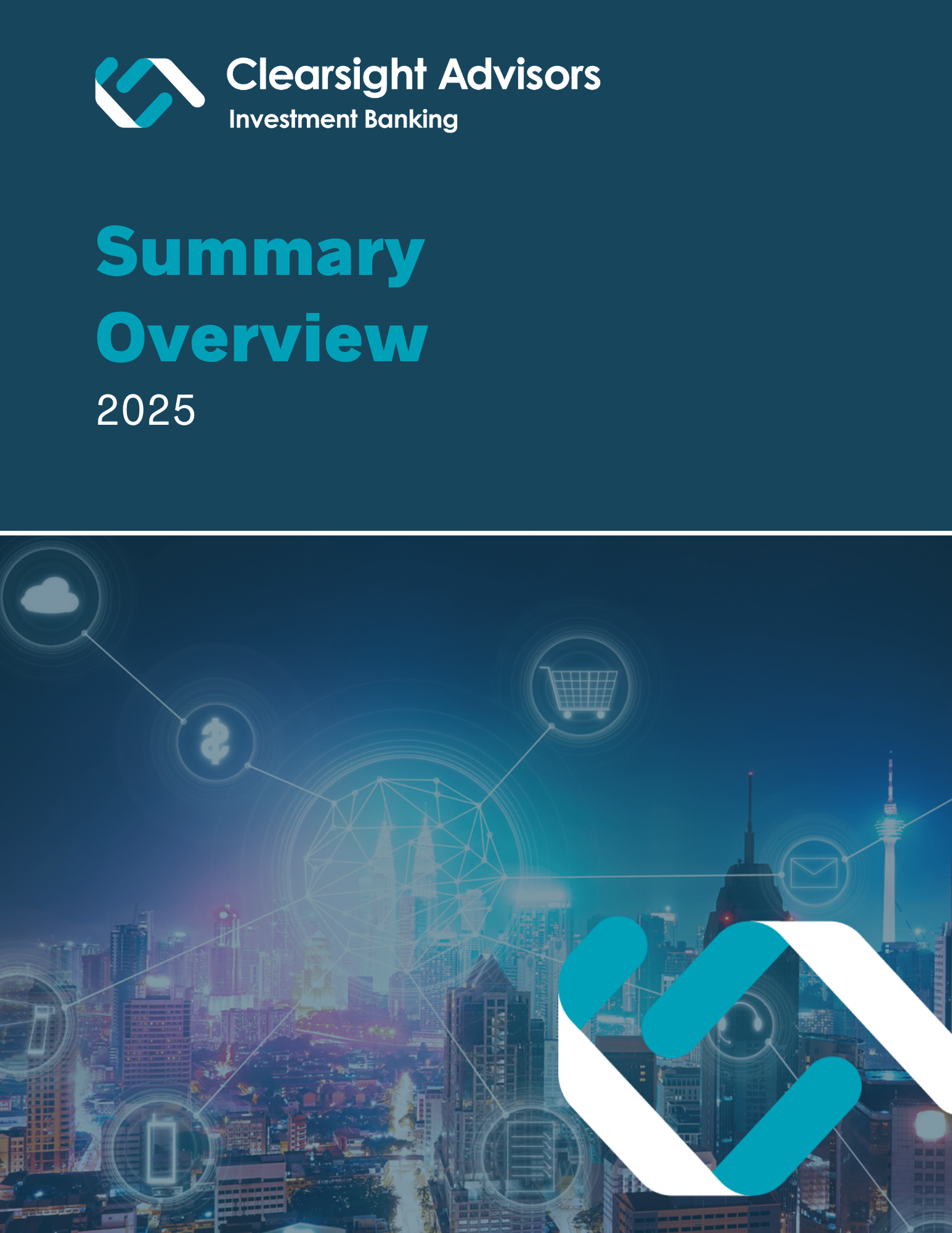Financial Services Compliance – A Brave New World
Since the financial crisis began in 2007, U.S. regulators have levied fines and penalties on banking institutions alone totaling more than $152 billion.
Needless to say, the heightened regulatory burdens that financial institutions (banking, insurance and capital markets) face are here to stay and likely to increase. As a result, the expectations of compliance programs at these institutions have never been higher. Naturally this begs the question of how business models have changed to address this new reality. In search of an answer, we reviewed Accenture’s 2015 Compliance Risk Study and were somewhat surprised by its conflicting findings.
Not surprisingly, the study confirms that the position of the compliance program has indeed grown in stature:
“Compliance has retained its position as an important and relevant control function…, receiving continued investment and establishing a direct reporting line to senior management”
Perhaps more importantly, Accenture’s study identifies several other external risk factors that are influencing traditional business models and challenging the state of compliance:
“External shifts, including changing customer behaviors, the evolution of technology and greater supplier diversity are changing the demands put on compliance.”
Simply put, the game has changed dramatically for risk and compliance programs and professionals, alike. The need to stay compliant, and conversely the cost of non-compliance, has never been greater. Now for the surprising part: when asked about technology and customer engagement, survey participants concluded as follows:
“59 percent of respondents did not see understanding technology trends as likely to be a key skill for a compliance officer, and half of the respondents did not see understanding changing customer expectations as important”
Understanding technology…not a key skill. Technology has played a transformational role in financial services. When was the last time you actually went to a teller to deposit a check or withdraw cash? Without a fundamental understanding of its uses and limitations, it is unclear how one can manage a sound compliance or risk management program. I tend to believe this conclusion is a bit short-sighted and perhaps more reflective of constraints that have historically been imposed (e.g. budget, influence, etc.) on compliance programs rather than a fundamental principle.
Ultimately, this simply illustrates the fact that compliance practices and mindsets still need to evolve. Despite advances over the last several years, compliance is still largely reactive and often viewed as an obstacle to progress. Instead, compliance need to be proactive and viewed as an enabler of business. Compliance practitioners need to not only embrace technology, but champion it – driving down the cost and mitigating the risk of penalties. Having a seat at the table is a start, but now compliance officers need to strive for a voice in the discussion.
Share
